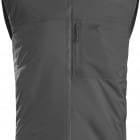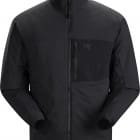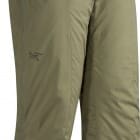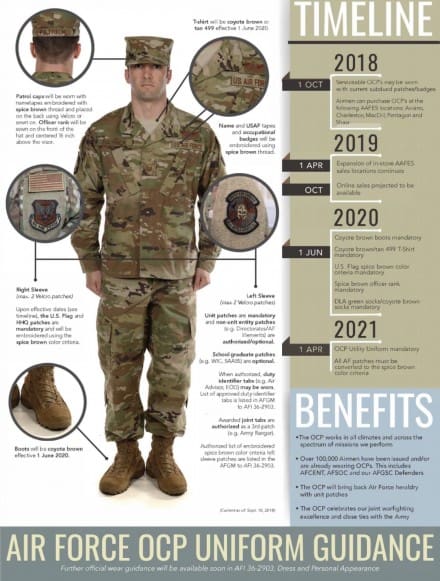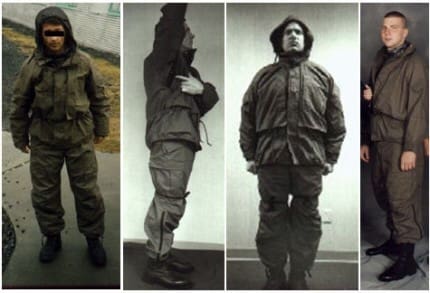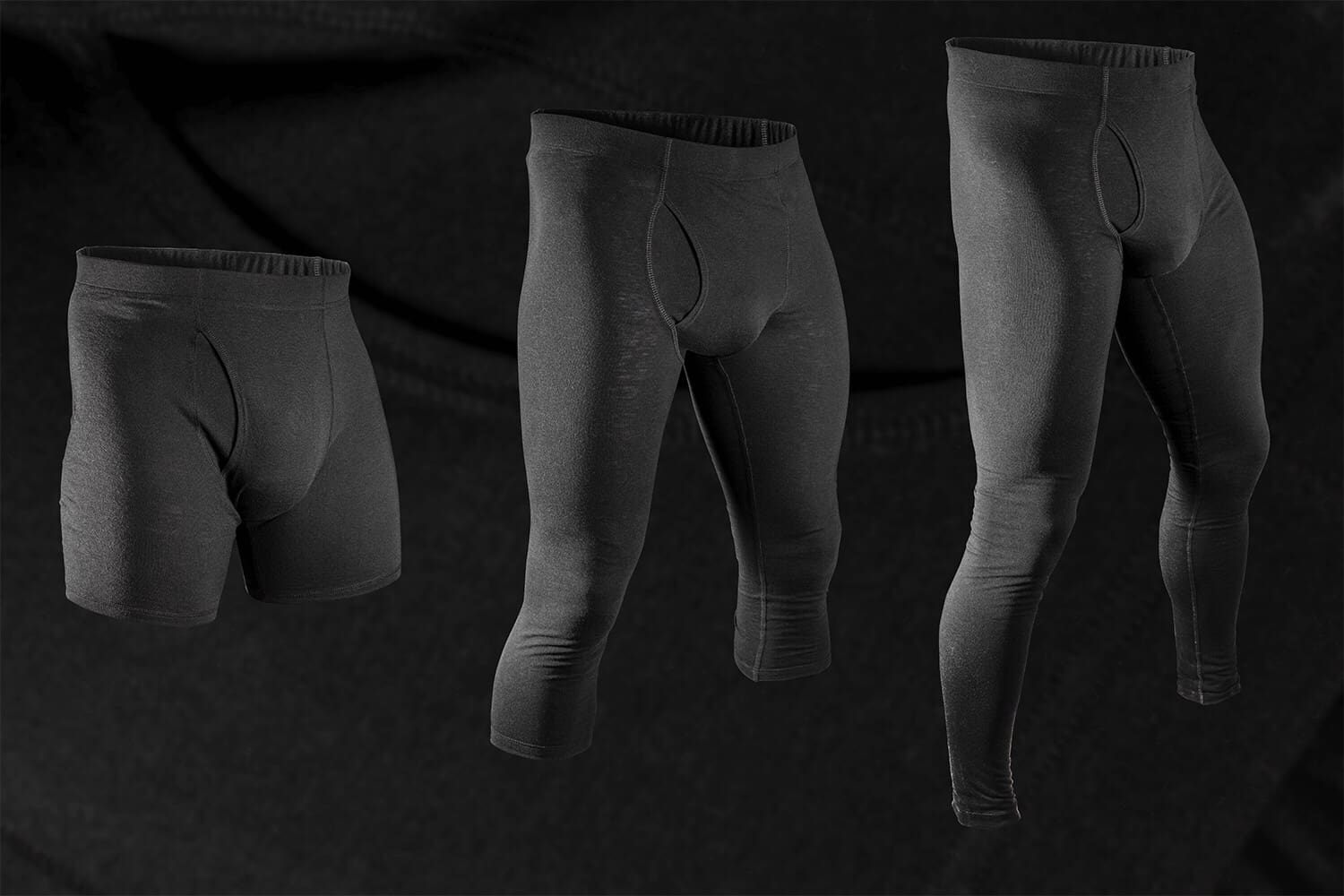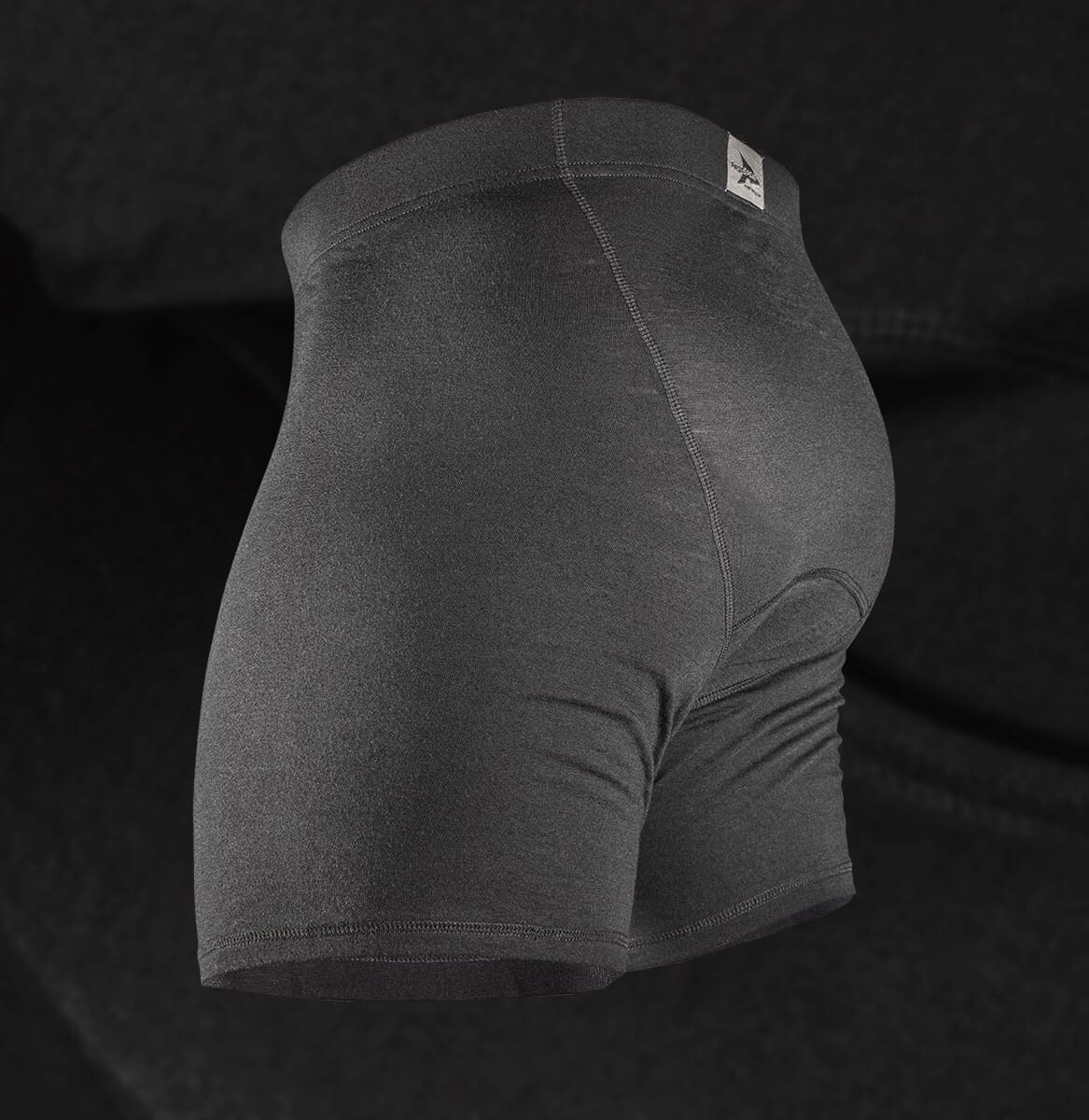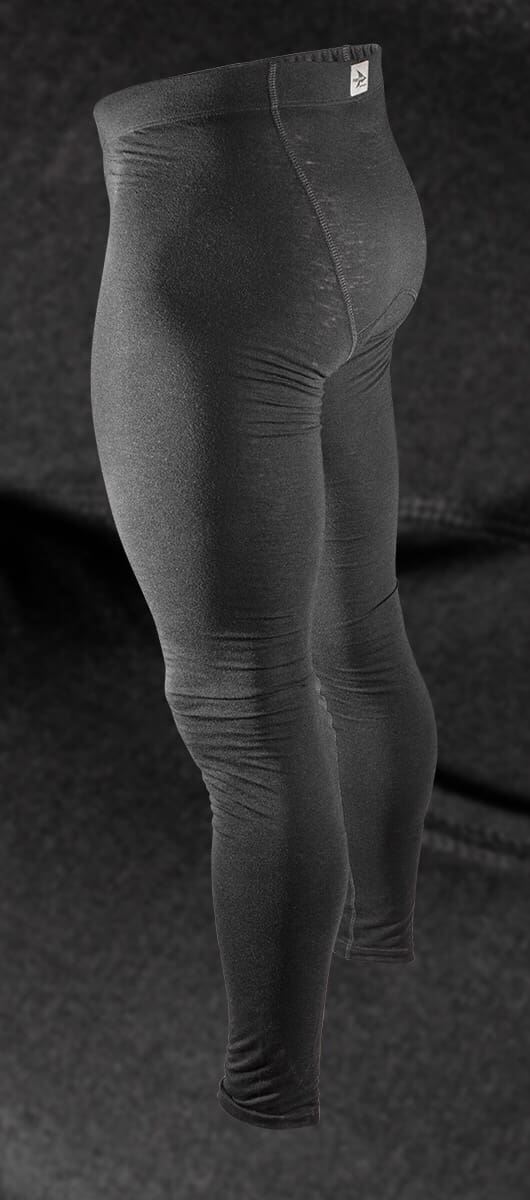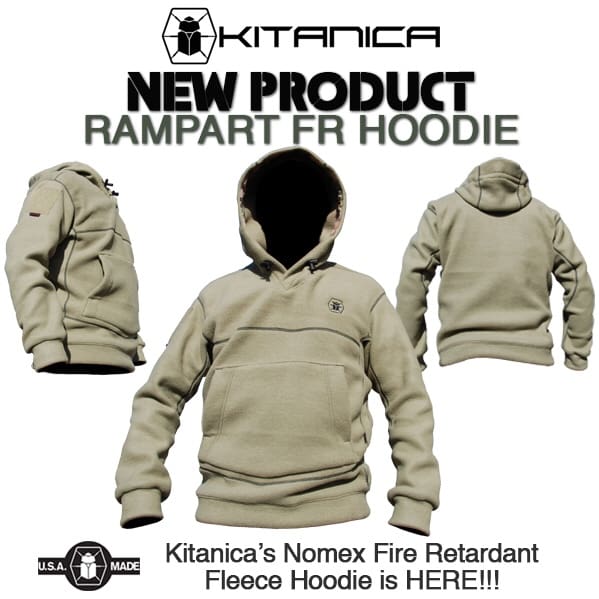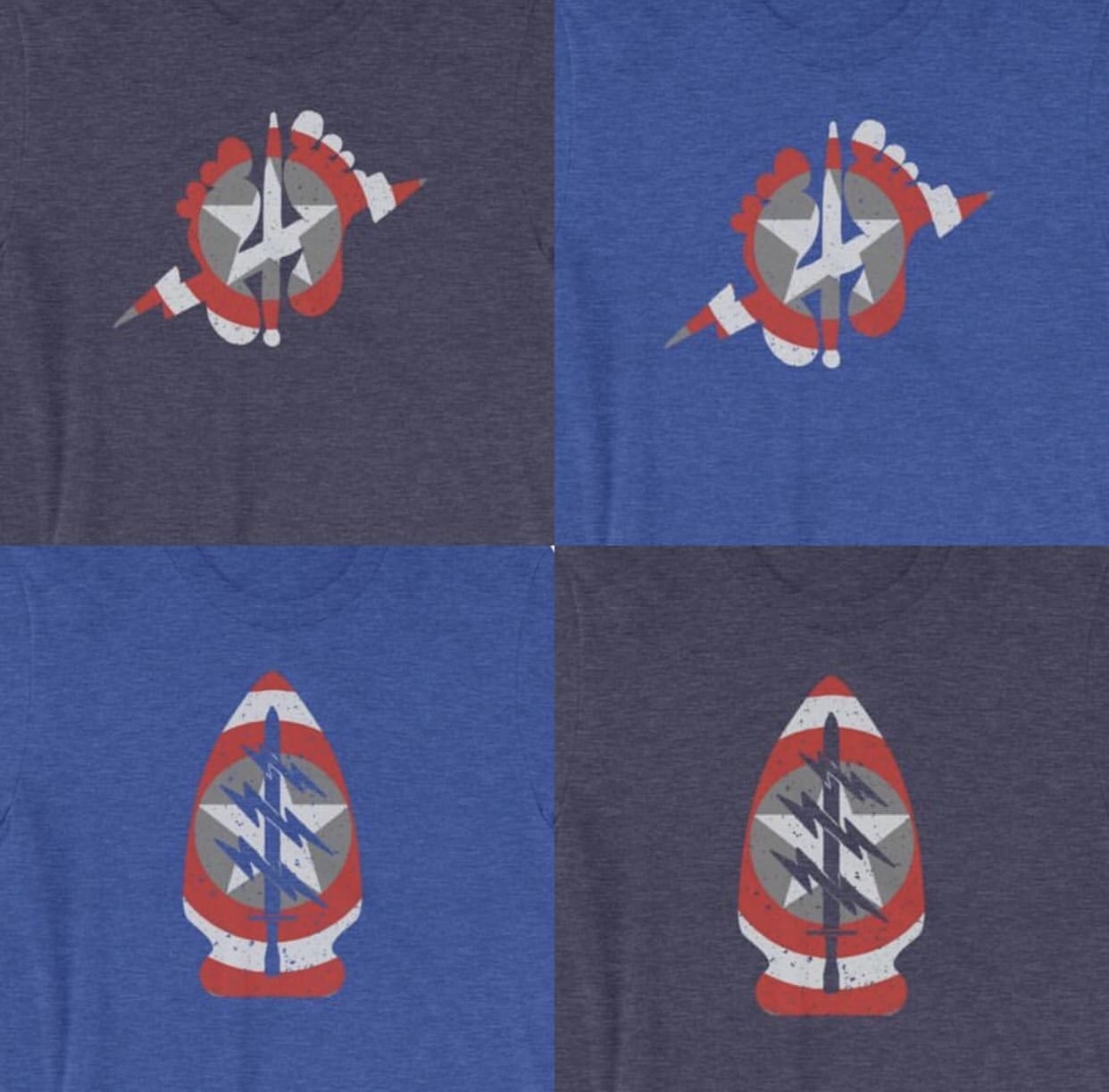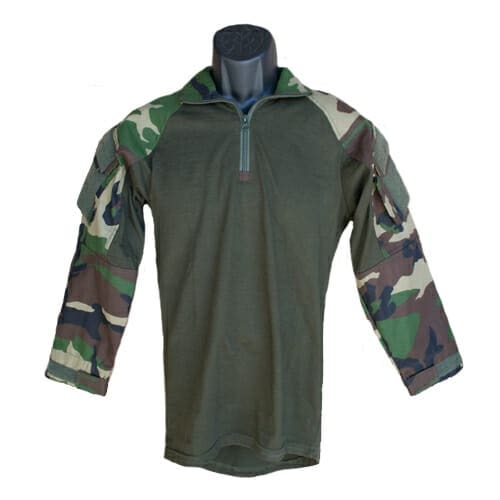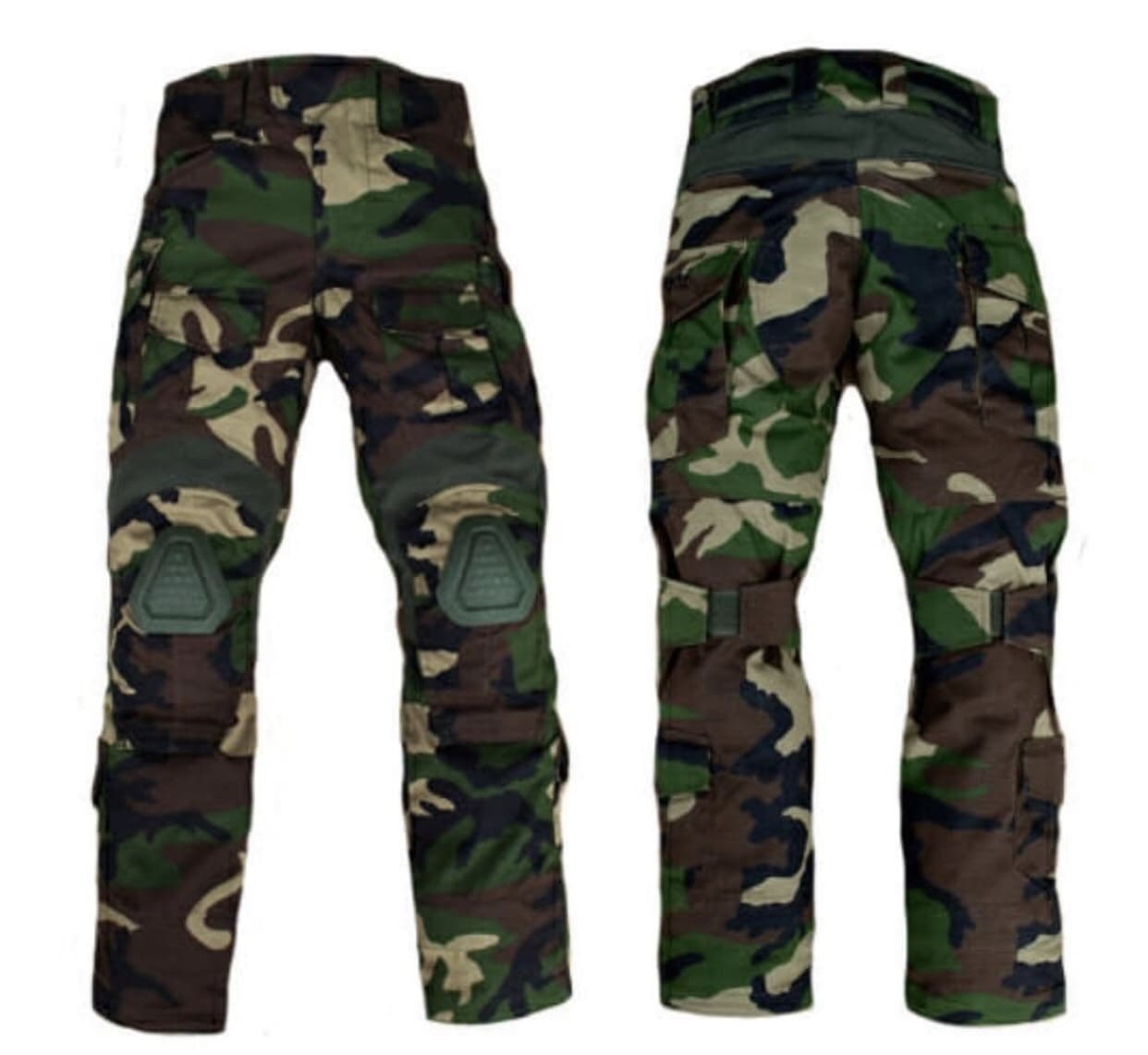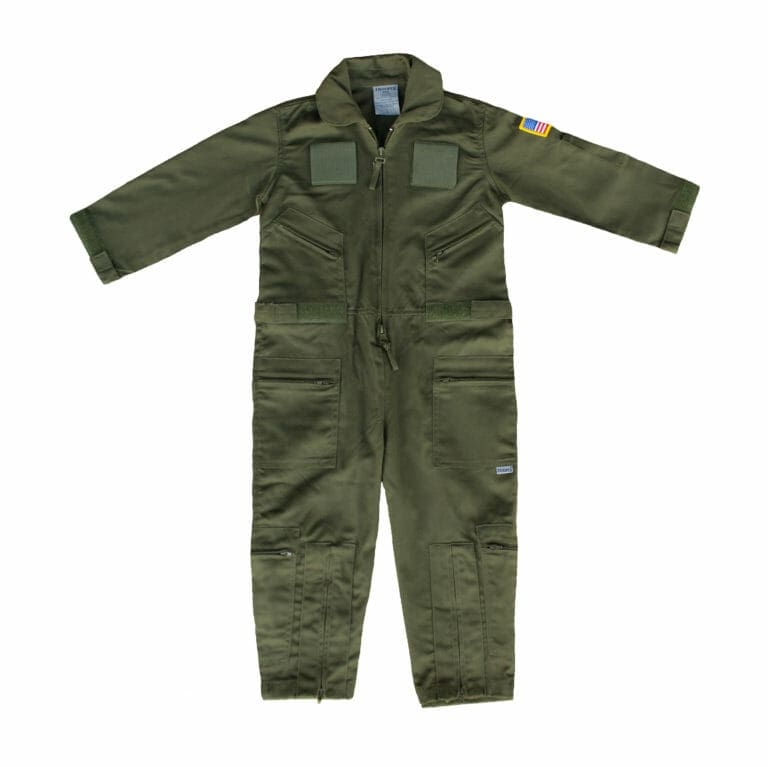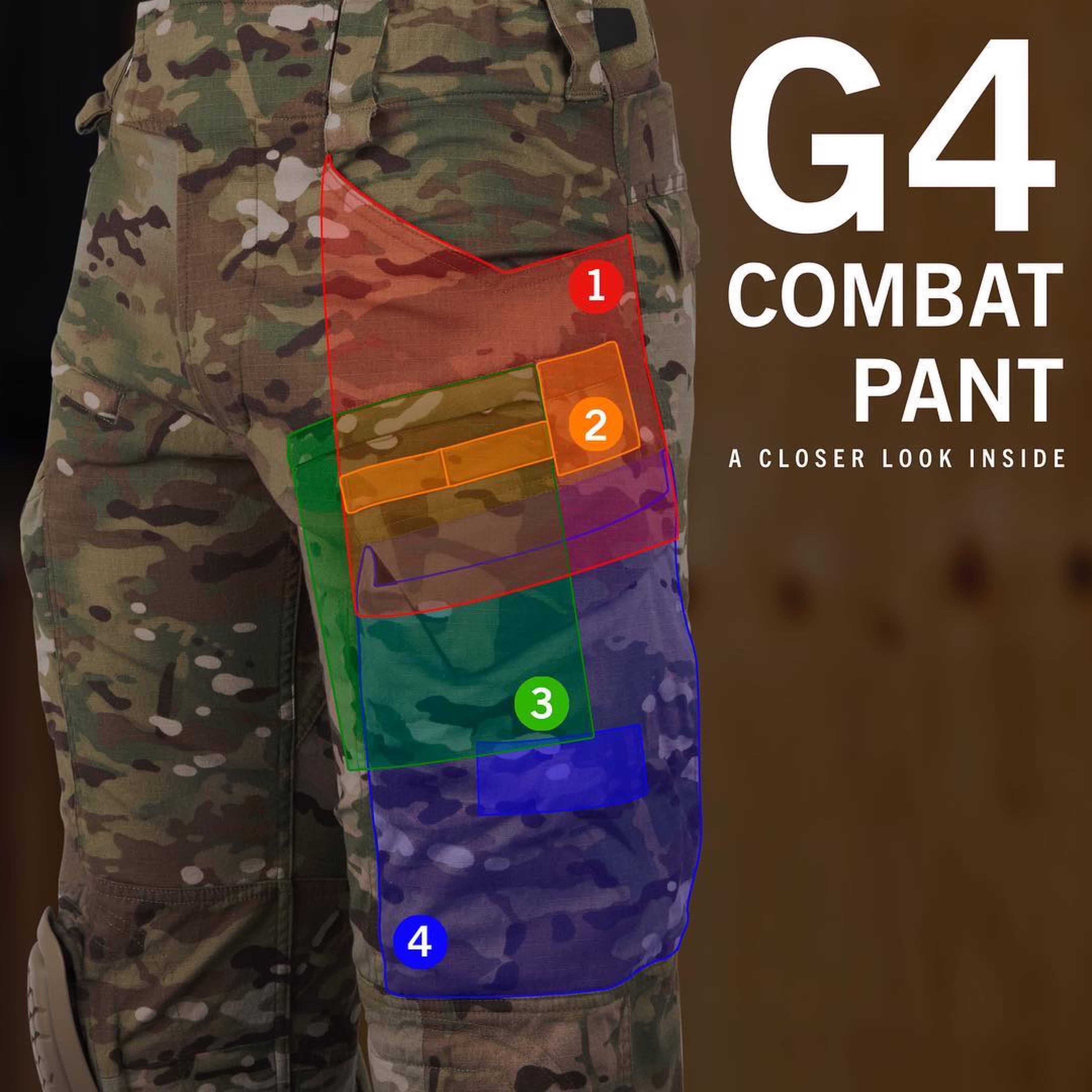Arc’teryx LEAF has redesigned the Atom LT for 2019, creating the Gen 2 lineup.

The first thing you are going to notice is the zippered chest pocket, but that’s not all that’s new. Atom remains my mid-layer of choice because they’ve focused materials used on increasing air permeability.
While they’ve retained the TORAY Mechanical Stretch Mini-Rip LT (w/DWR) durable face fabric from the first version, the hoody’s insulation and liner have been updated to a more breathable system to improve body temperature regulation when worn under PPE or as part of layering system.
A new liner material is a key component in this revised configuration of materials. The LI PENG high air perm nylon ripstop liner permits airflow, which aids in the transport of moisture and heat away from the body. Combined with continuous filament CLIMASHIELD Combat Fibrefill Insulation (w/DWR), breathability is greatly enhanced. Overall, the new materials package increases breathability, improving performance over a wide range of conditions.
At the sides, you’ll find a very comfortable PONTETORTO 7.5oz Hardface Fleece.
The Atom LT (Gen 2) line consists of four garments including the new Atom LT Vest (Gen 2). It accompanies the Atom LT Hoody (Gen2), Atom LT Jacket (Gen2) and Atom LT Pant (Gen 2).
New features:
• Trimmer fit hood with updated design
• Moved from an internal chest pocket to an external left chest pocket for securing carriage of mission essential items.
• Updated the media port management system. Creating routing of communications cables on either side of the jacket now.
Other Features:
• Insulated Hood – allowing the option to use a hood when/if reqd.
• Full Zip Closure (w/No Slip Zip™) – prevents zipper from self-opening at collar
• Hand Zip Pockets (w/media ports in both) – allowing for convenience and the secure carriage of mission essential items
• Drawcord Hem Closure – vertically routed drawcord with enclosure mitigates snags and hang-ups
The ATOM LT ( Gen 2) line is offered in Black, Crocodile, Wolf Grey, and Ranger Green, sizes XS, S, M, L, XL, XXL.
Available soon from leaf.arcteryx.com as well as your favorite LEAF dealer.


